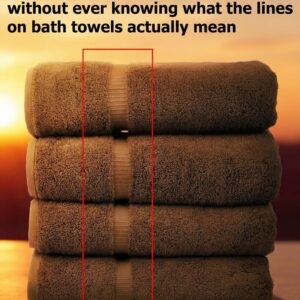You may have noticed that many electrical plugs have small holes in the prongs. While these holes might seem insignificant, they actually serve a few practical purposes, although not all plugs have them.
Securing the Plug in the Outlet
The most important function of these holes is to help secure the plug in the outlet. In some electrical outlets, small tabs or raised sections inside the socket fit into these holes, which helps the plug stay in place and ensures a firm connection between the plug’s prongs and the metal contacts inside the outlet. This helps maintain a steady flow of electricity and can prevent the plug from slipping out easily.
Compatibility with Some Locking Mechanisms
Some power strips or extension cords have locking mechanisms that use these holes to hold the plug more securely. This can be useful in environments where plugs are frequently moved or where a loose plug could pose a safety hazard.
Manufacturing and Product Tags
In the past, manufacturers sometimes used these holes to attach seals or tags to show whether a product was new or had been opened. Although this is less common today, it’s one of the original reasons why holes appeared in plug prongs.
Not Related to Child Safety or Material Savings
There are some common misconceptions about these holes. They do not prevent children from tampering with outlets, and they are not intended to save material during manufacturing. For child safety, tamper-resistant outlets or outlet covers should be used, as these holes don’t serve that purpose.





